KO OLINA, O’AHU, Hawai’i – Inspired by the Hawaiians’ deep relationship with nature, which is embodied in the term, mÄlama ‘Äina, or “care of the land,” designers implemented a broad array of green technologies and elements that promote sustainability, energy efficiency and eco-consciousness at Aulani, a Disney Resort & Spa.
“Early Hawaiian society was founded on the principal of kuleana,” said Joe Rohde, vice president and executive designer for Walt Disney Imagineering. “Kuleana means that you are here now because, seven generations ago, someone was mindful enough to care about you, the future generation, and made sure that you would have what you needed not only to survive but to thrive.”
With that philosophy as the guide, here are some ways that green technologies and philosophies have been implemented at Aulani.
Construction Conservation
- Disney architects used a “cool roof” technology, which reflects the infrared spectrum back into the atmosphere, reducing the roof temperature and helping to keep buildings cool. Also, Aulani features organic “green roofs” above the spa fitness center and the kitchen at ‘AMA’AMA. The green roofs increase energy efficiency by deflecting the infrared spectrum and providing natural shade.
- Imagineers selected “certified wood” for use through much of the resort. For the wood to earn certification, forest managers address a range of environmental aspects, including sustainable harvest levels and prompt forest regeneration.
- Elevators are energy efficient, using nearly one-third less energy than traditional elevators. They also don’t require petroleum-based lubricants, based on fossil fuels. Emergency stairwells have energy-saving lighting technology, with a bi-level emergency lighting that keeps stairwells illuminated with minimum code lighting at all times. When a person enters the stairwell, sensors activate and the lighting level increases.
- In spaces such as ballrooms and meeting rooms, air quality is monitored using “demand ventilation,” a technique that measures the carbon dioxide being emitted from spaces when large numbers of guests gather. Air can be customized for the number of people in the room.
- Heat pump technology is used to capture waste heat from air-conditioning chillers, and to repurpose it for hot water, which is then used throughout the resort. When guests turn on a hot-water faucet, part of the energy being used to heat that water is derived from the air conditioning chillers. This reduces the resort’s total water usage.
- Heat pipes are embedded within the air-conditioning system on top of most buildings at Aulani. The pipes serve as a “superconductor,” or heat transfer mechanism, which allow fresh air to de-humidify before coming into the buildings. Sealed copper tubes span the incoming and outgoing air paths, with high conductivity that lets them transfer heat by single-phase convection. Since they don’t have mechanical moving parts, heat pipes require minimum maintenance and they help Aulani exceed the resort’s mandatory energy performance standards.
- Aulani utilizes cooling towers to support the air conditioning and cooling systems. The towers remove the waste heat that’s generated by the building’s chillers in an effort to lower total water usage.
- A technology known as “Variable Frequency Drive” (VFD) reduces the amount of energy that gets consumed by Aulini air-conditioning systems. VFDs are motors that respond to changing energy demands. For example, if hotel rooms are not occupied, the VFD motors automatically respond and decrease the energy demand.
- Aulani uses only low-volatile organic compounds (VOC) or VOC-free paints and coatings, as well as only low-VOC or VOC-free adhesives and sealants. All carpets and carpet pads throughout the resort are Green Label Plus, certified by the Carpet and Rug Institute, which means they meet the stringent low-VOC or VOC-free requirements and are among the lowest emitting carpets and carpet pads.
- Indoor air quality standards have been established for the resort by the American Society of Heating, Refrigerating, and Air-Conditioning Engineers (ASHRAE).
- Low-flow faucets and fixtures reduce water usage.
- The Aulani construction team successfully recycled more than half of the construction waste materials that were generated on site. Materials that were recycled included concrete, concrete masonry units, wood, metal, steel, aluminum, cardboard and glass, as well as green waste from planting materials.
Guests Can Participate In Conservation
- Aulani has a resort-wide recycling program, including cardboard, aluminum, paper and plastic, as well as food waste. Electronics, batteries, and light bulbs also are recycled.
- Rainbow Reef snorkel lagoon and the Makai Preserve share nature up close with Guests. The preserve is home to the graceful hÄ«hÄ«manu brown stingrays and other colorful creatures of the sea. “By creating these experiences for our Guests we hope to enlighten and entertain, and also raise awareness about the importance of supporting conservation here, at home and globally where the Disney Worldwide Conservation Fund is supporting projects,” Rohde said.
- A lo’i kalo, or taro field, at the entry of Aulani has four varieties of kalo, grown and harvested for consumption. The field is planted, harvested and maintained by community volunteers.
- Aulani guests can control the lighting as well as regulate the temperature of their rooms. In addition, lÄnai door interlocks automatically shut off the central air-conditioning when a lÄnai door is opened.
- Aulani guest rooms feature compact fluorescent lights, which are four times more efficient and can last up to 10 times longer than incandescent bulbs.
- The parking garage also offers 34 electric car-charging stations.


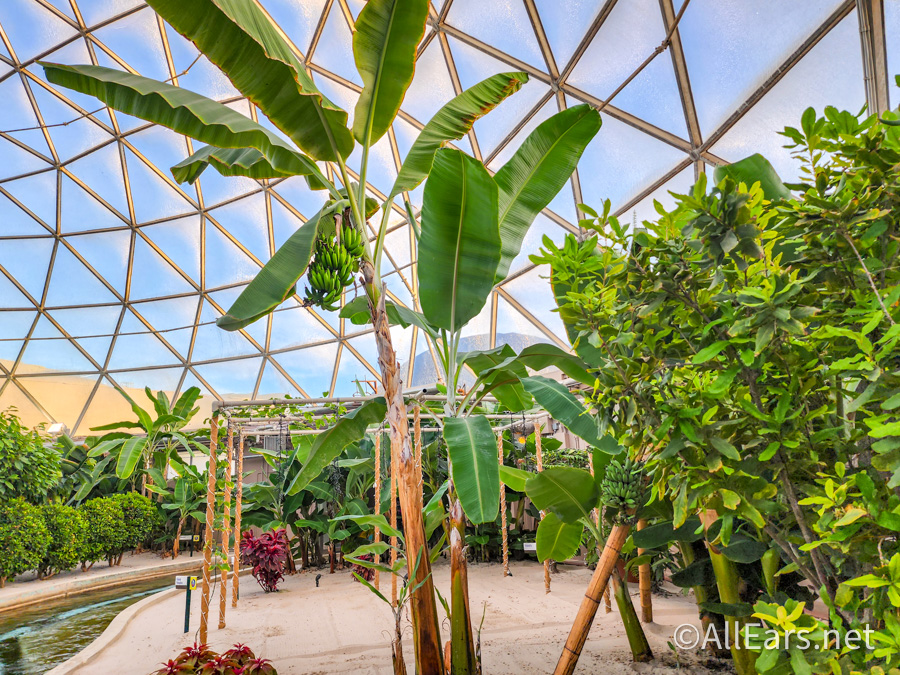
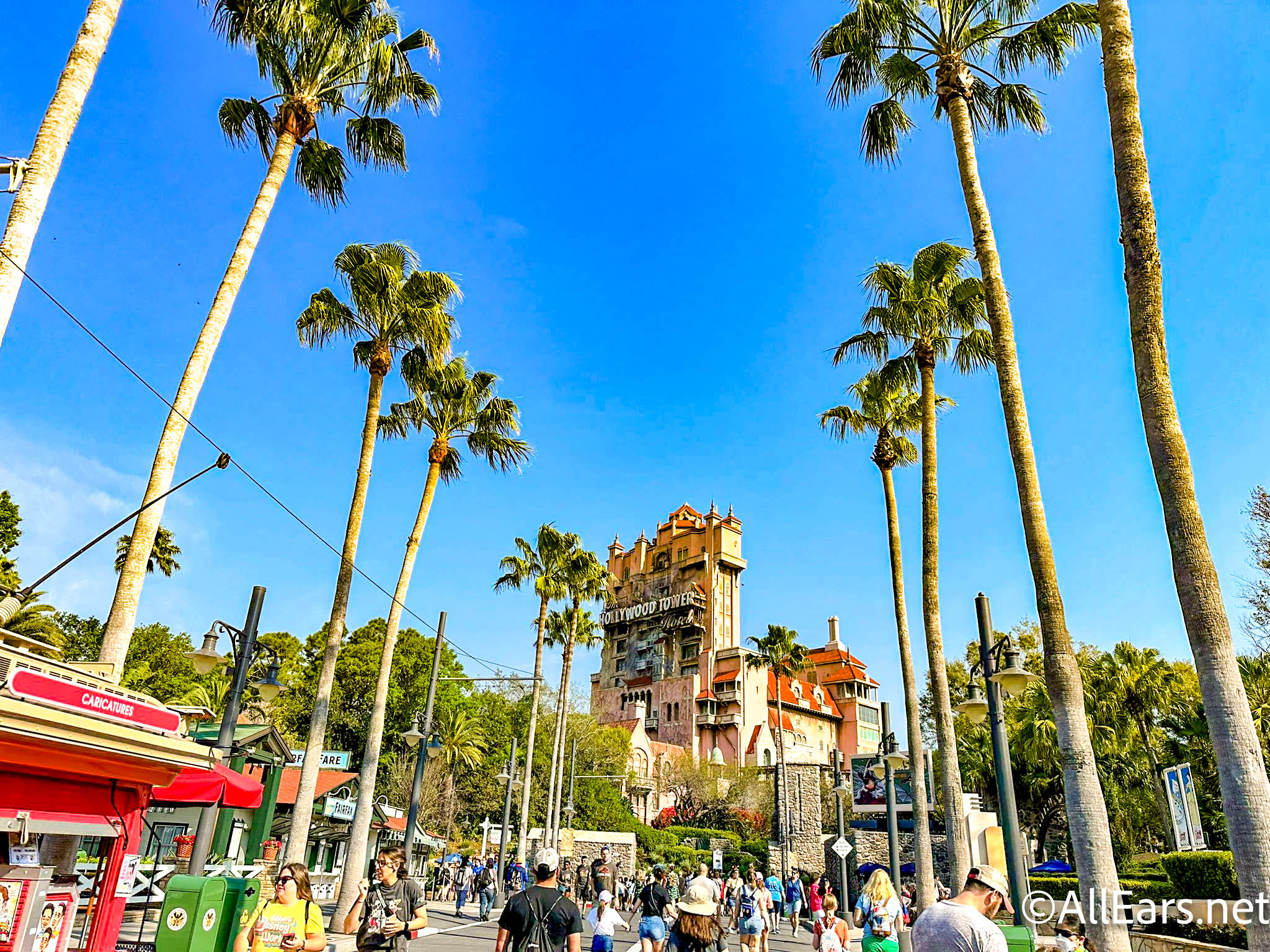



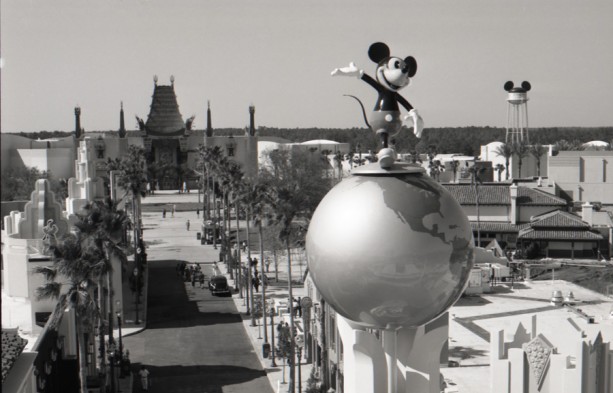
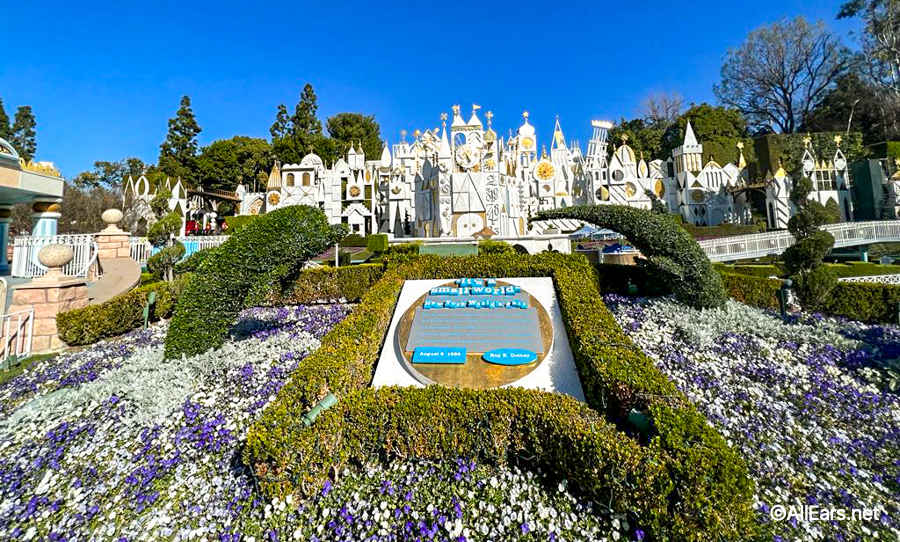
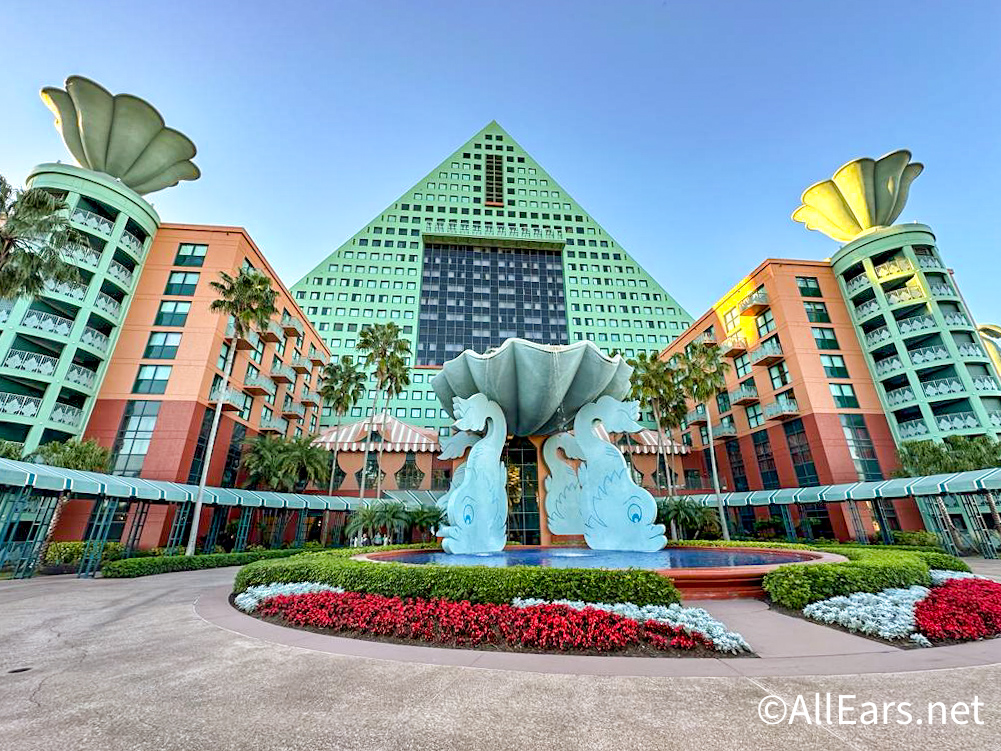
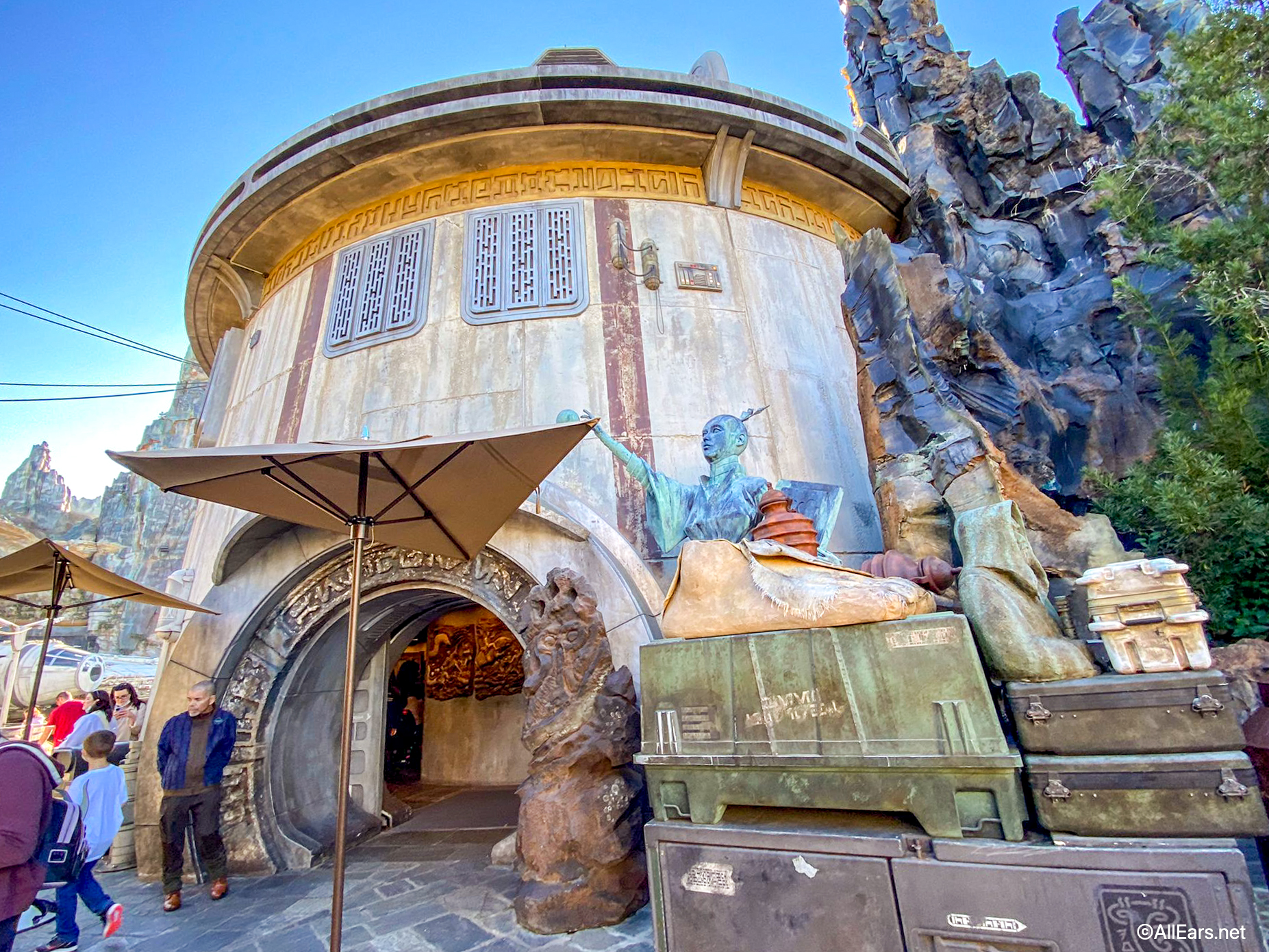
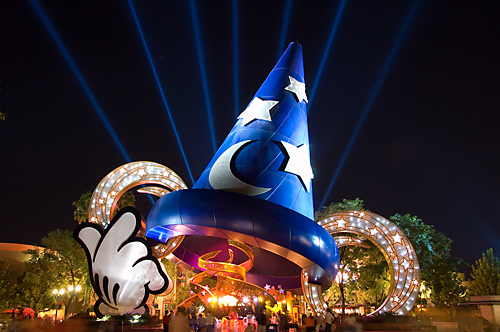

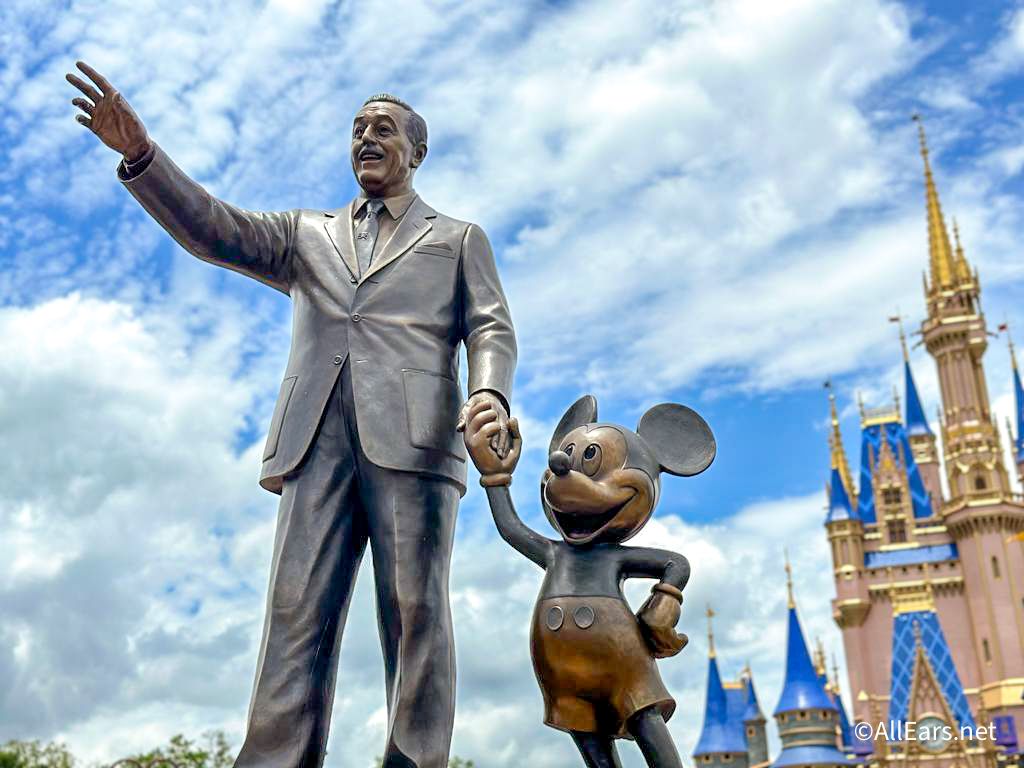
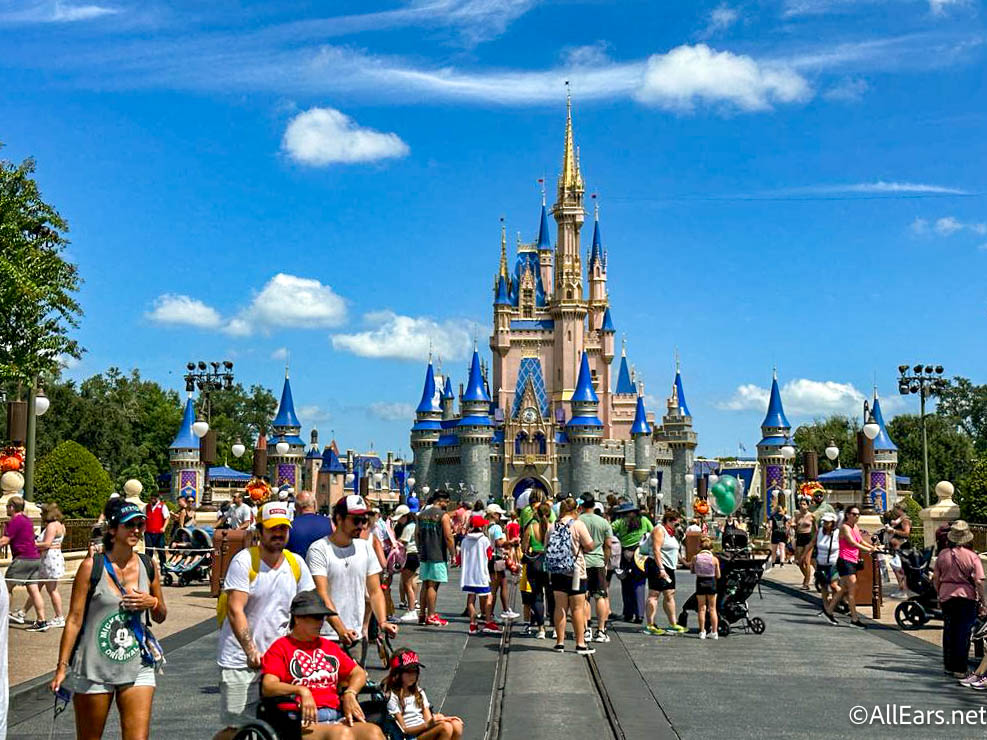
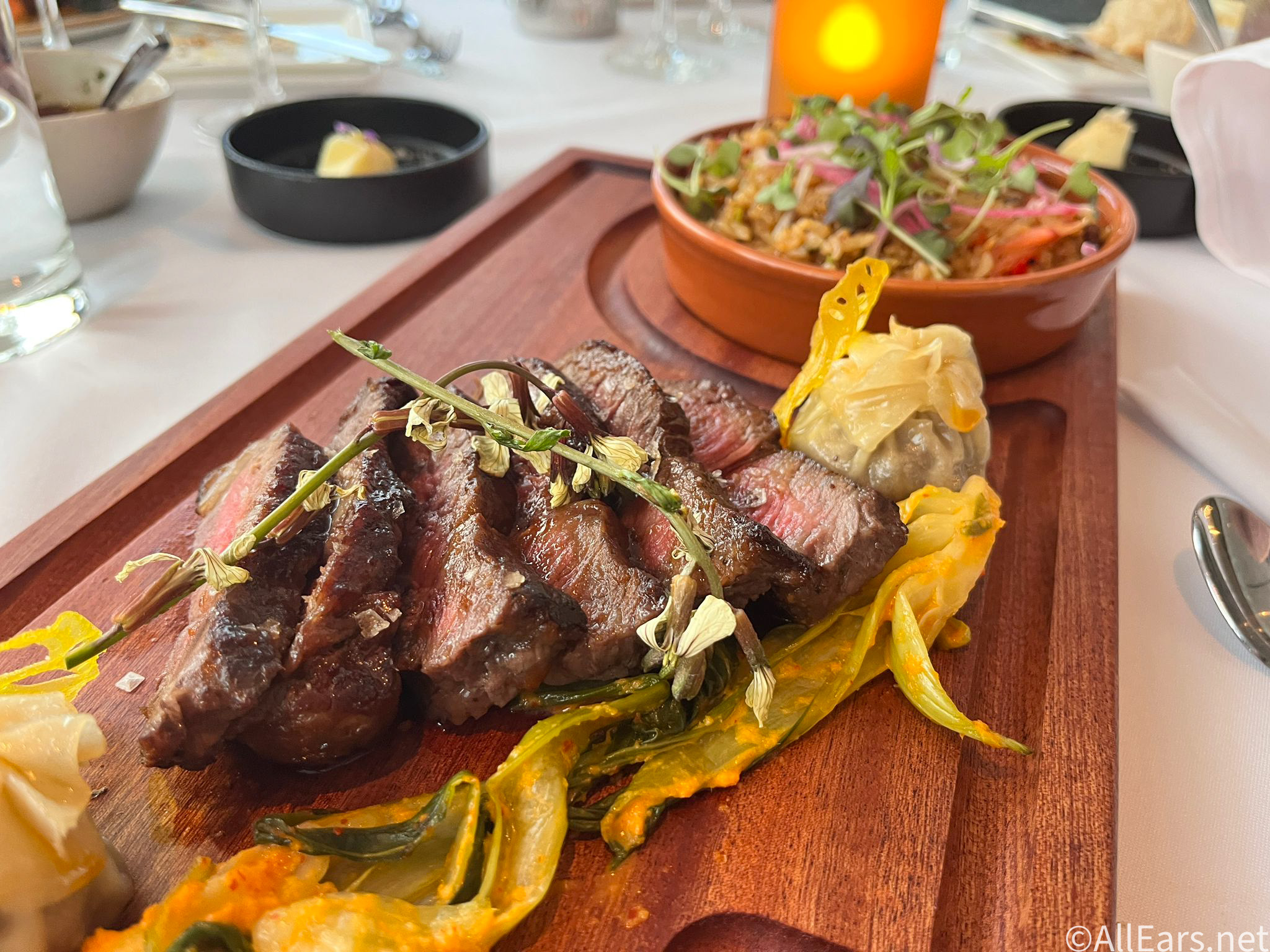
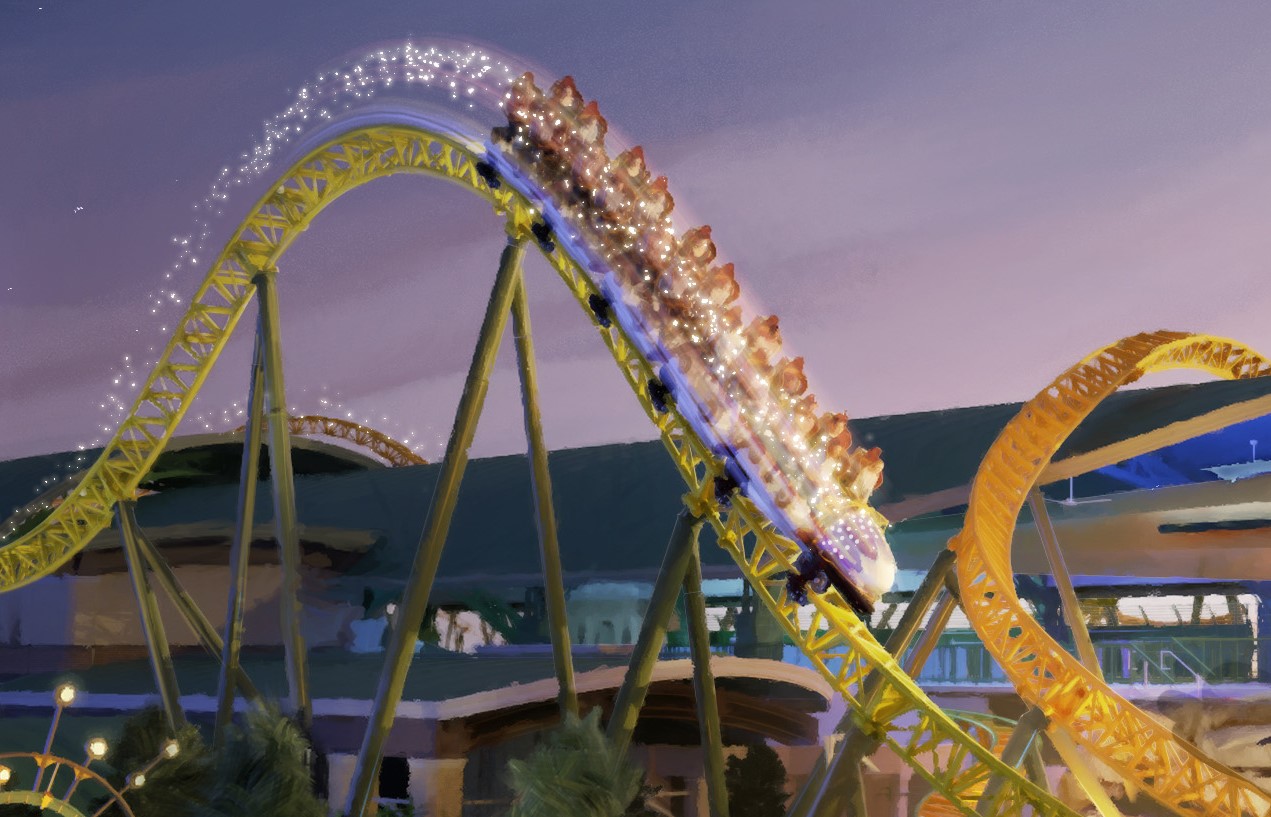
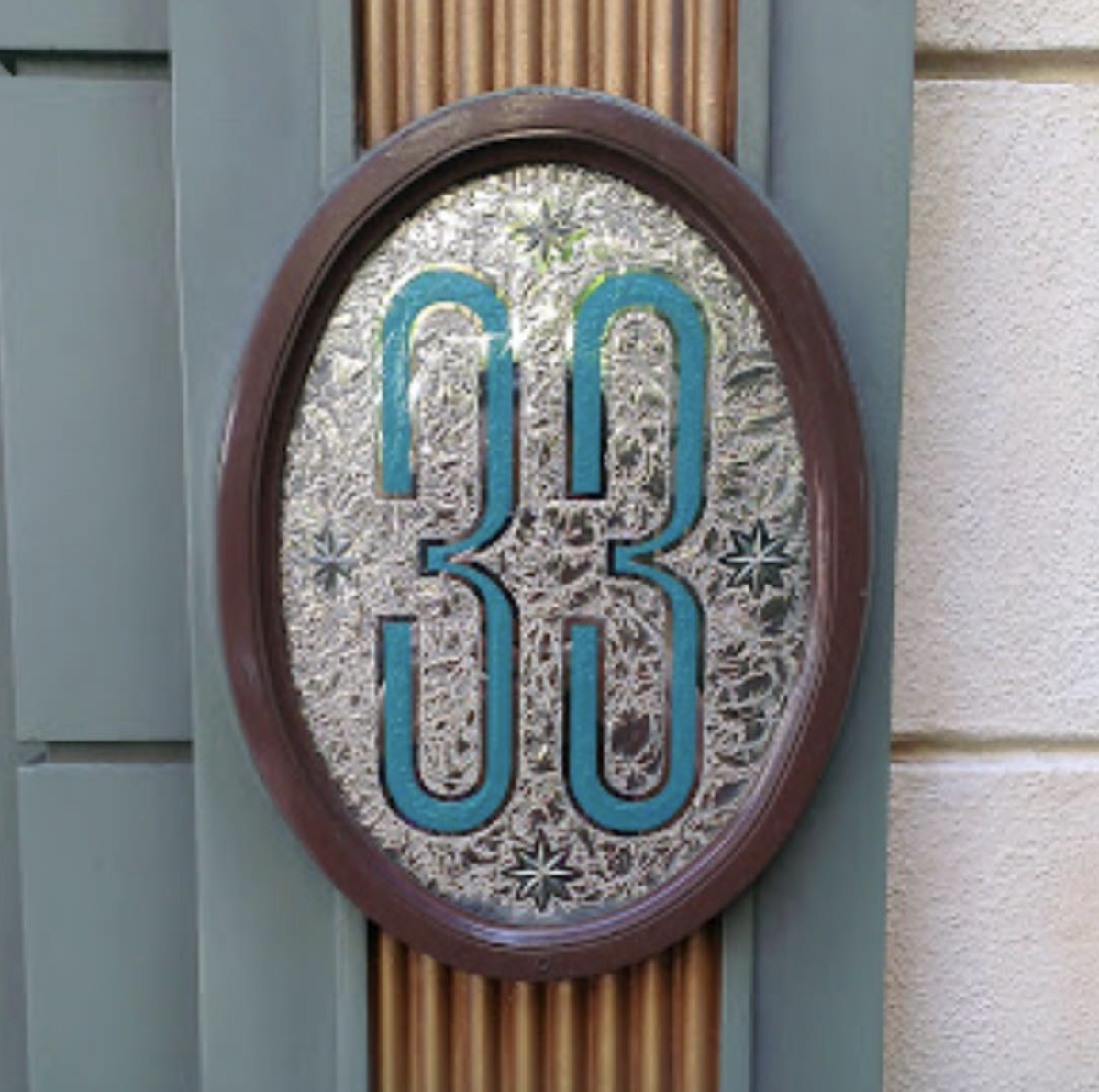

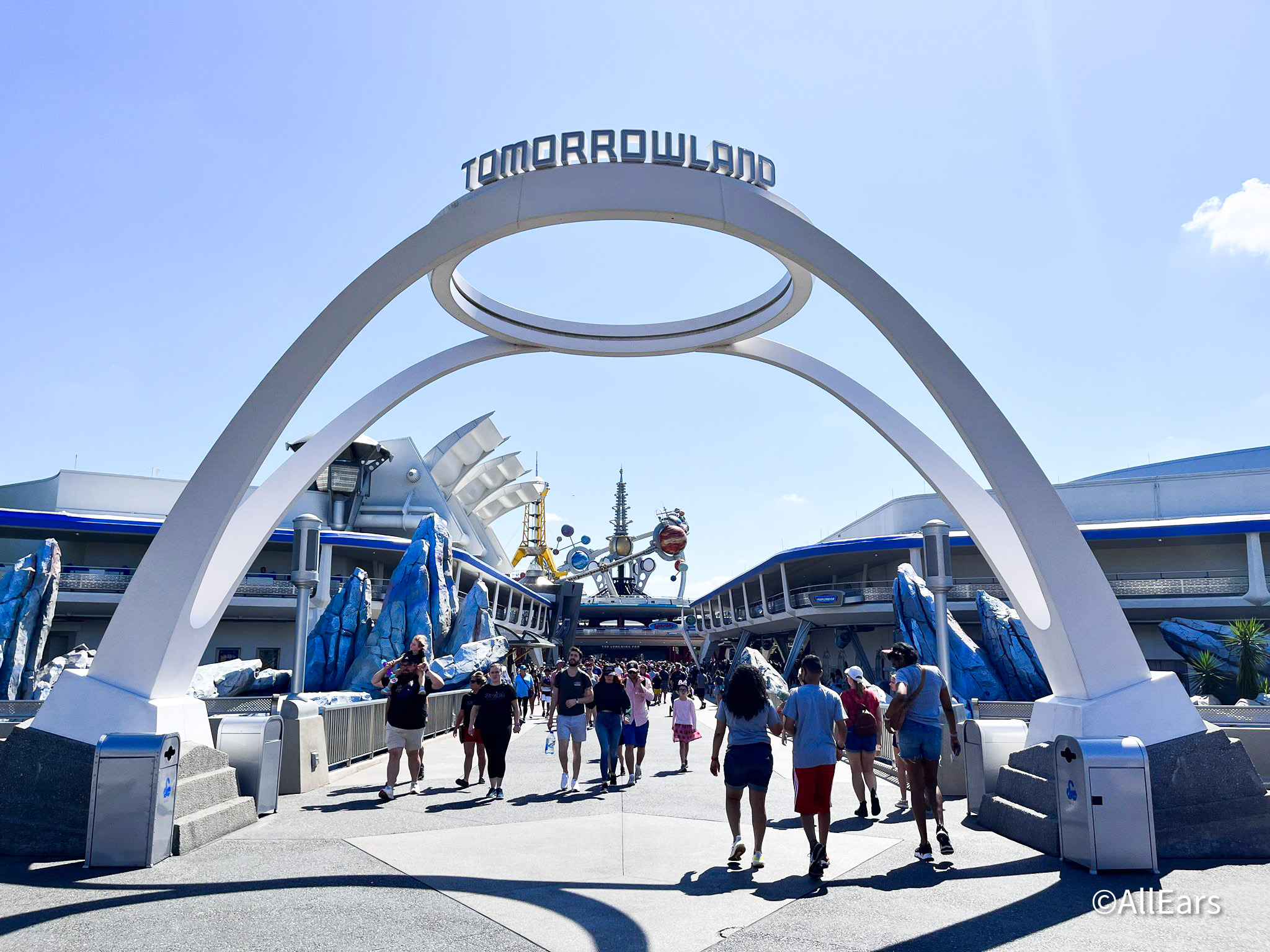

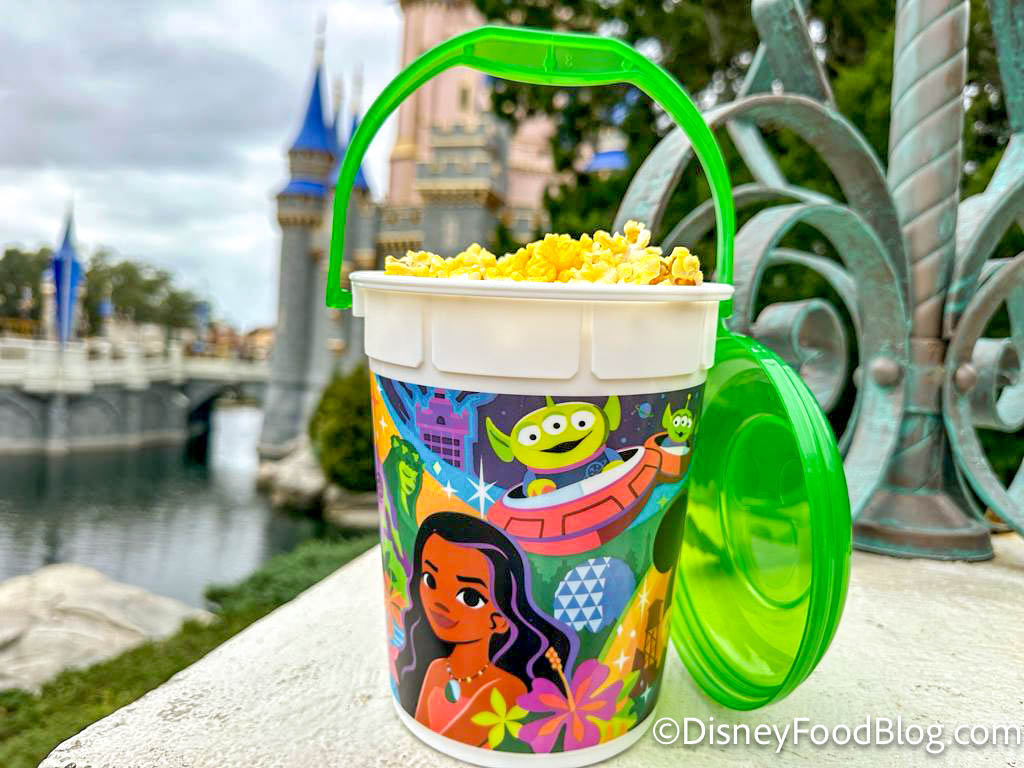

Trending Now
An iconic EPCOT ride got a bit of a refresh recently!
One Disney World park is about to celebrate a big milestone!
We're digging into Disney World's Magic Kingdom expansion plans!
We found your perfect Hollywood Studios tee.
From time to time, rides and attractions are taken out of production temporarily for various...
What's become of Hollywood Studios' opening day attractions?
A Disney Channel icon just visited Disneyland and proved that it really is just a...
Let's talk about some Criminally Underrated EPCOT hotels!
The way guests pay for Savi's Workshop and Droid Depot is changing!
One of Disney World's parks is about to celebrate a NEW milestone soon and they're...
We're a little surprised that these ride trends haven't changed in Disney World yet!
Don't mess with Disney World -- or at least, that's how fans are feeling hearing...
We have heard some bad advice out there that we just gotta say is so...
We are checking out seven fancy restaurants that are hidden in Disney World hotels!
There's a NEW roller coaster coming to Epic Universe in Universal Orlando, and we've got...
We have some helpful details for how to experience Disney's most exclusive lounge without a...
If you're finding it tough to keep your phone, wireless headphones, and smartwatch charged all...
We're rounding up the best souvenirs in Magic Kingdom's Tomorrowland!
There's a BRAND NEW Parade in Disney California Adventure!
Traditional, character-shaped, or cultural celebration -- these are the popcorn buckets that Disney has released...